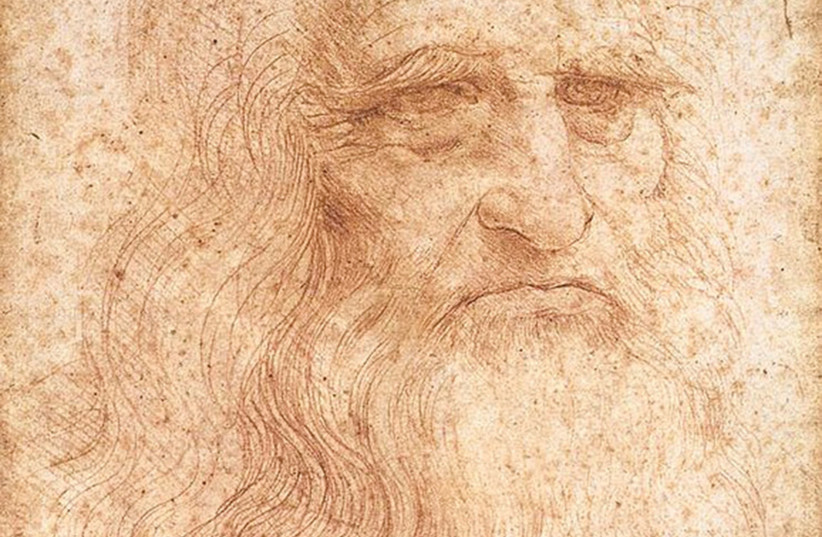Leonardo da Vinci may have been the son of an enslaved woman, according to Carlo Vecce, a professor at the University of Naples claimed this week.
While this has been a longstanding theory, Vecce may have found the most convincing piece of evidence yet.
Vecce’s new book ‘Caterina’s smile’ unveils the discovery of da Vinci’s ancestry which has been a matter of contention amongst experts.
Leonardo da Vinci's origins revealed
Da Vinci is known best for his artwork and futuristic experiments that were groundbreaking at the time. Born in 1452, he has been a great source of historical debate, as so far researchers have only agreed on when his birthday was and the names of his parents.
Da Vinci’s father is believed to be a Florentine notary called Ser Piero da Vinci and his mother is thought to be a Tuscan peasant called Caterina. Vecce is now theorizing that Caterina was a freed enslaved person.
"Leonardo's mother was a Circassian slave... taken from her home in the Caucasus Mountains, sold and resold several times in Constantinople, then Venice, before arriving in Florence. In the Italian city, she met a young notary, Piero (Peter) da Vinci, "and their son was called Leonardo, Vecce told AFP.

Vecce based his claims on a document written by da Vinci’s father. The document, which is dated 1452, called for the emancipation of Caterina “to recover her freedom and recover her human dignity.”
Vecce believed the document proves the artist’s father, “loved Caterina when she was still a slave, who gave her this child named Leonardo and (was) also the person who helped to free her."
In support of this find, historian Paolo Galluzzi, from the Lincei scientific academy in Rome, said that the document was “by far the most convincing,” according to euronews.com.
"There have been a number of claims that Leonardo's mother was a slave. This fits the need to find something exceptional and exotic in Leonardo's background, and a link to slavery fits with current concerns," said Martin Kemp, a leading Leonardo scholar and emeritus professor of art history at the University of Oxford to CNN.
Galluzzi went on to explain that despite the high quality of the documents, some doubt was still needed because of the absence of DNA.
